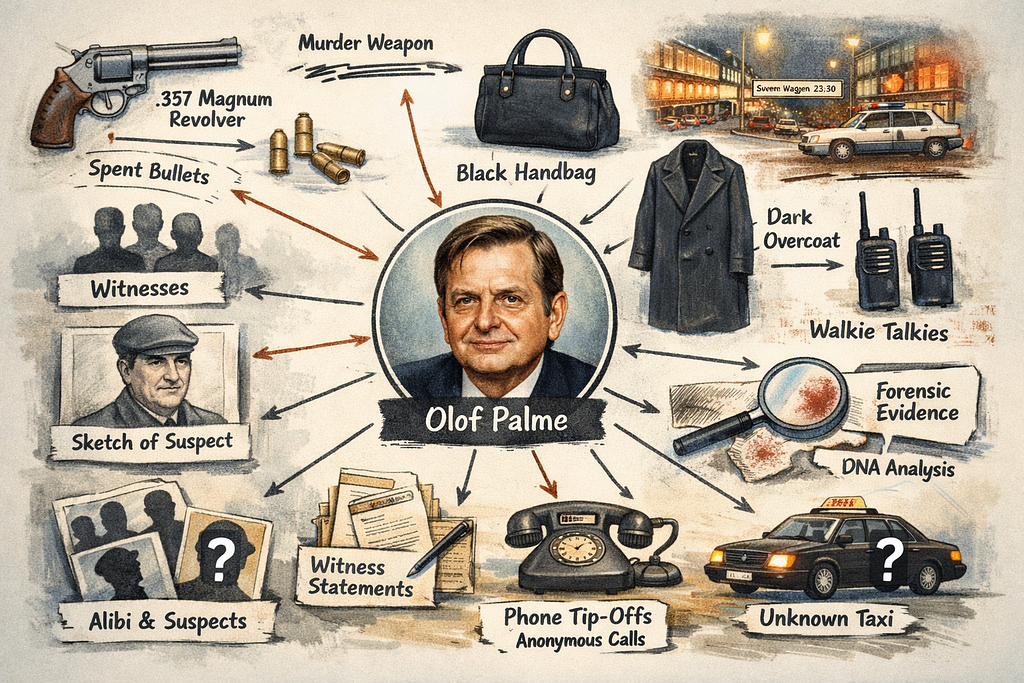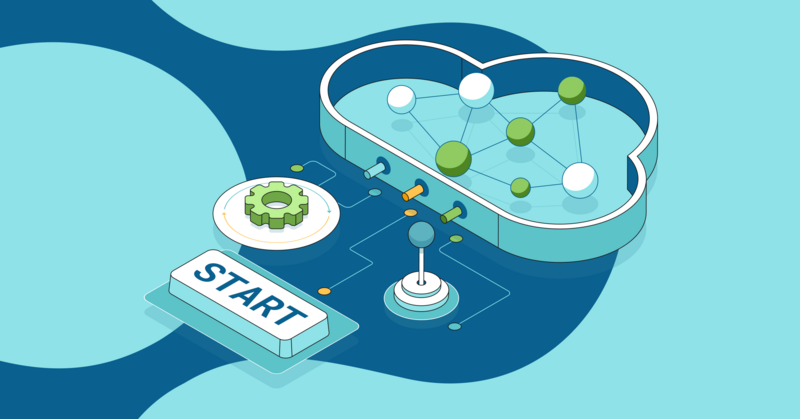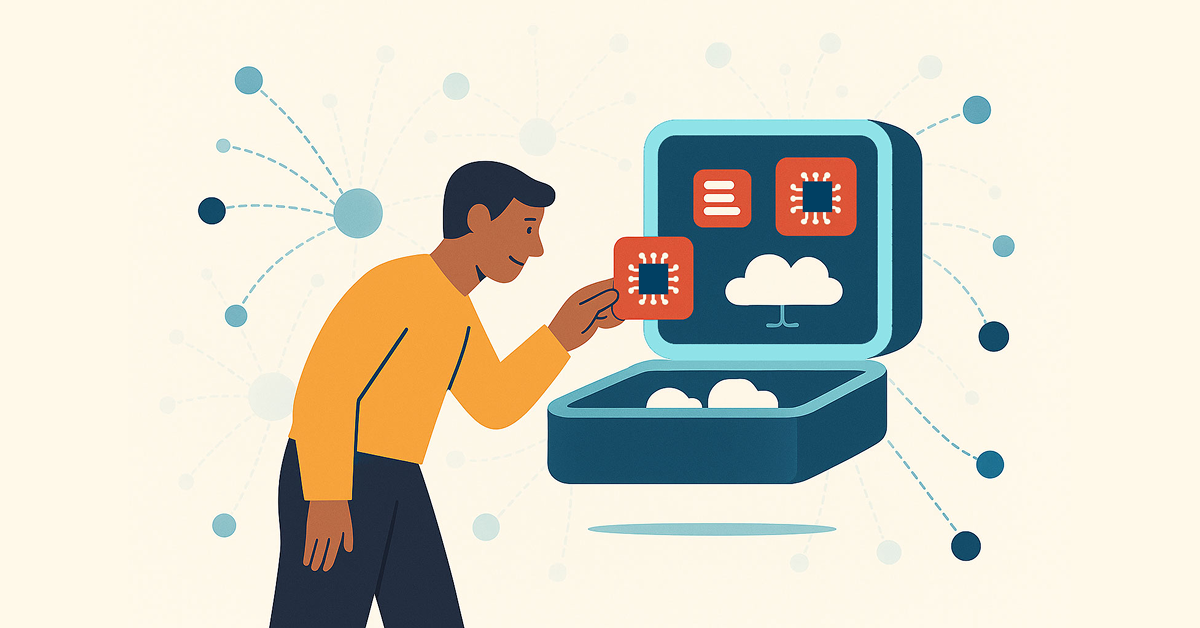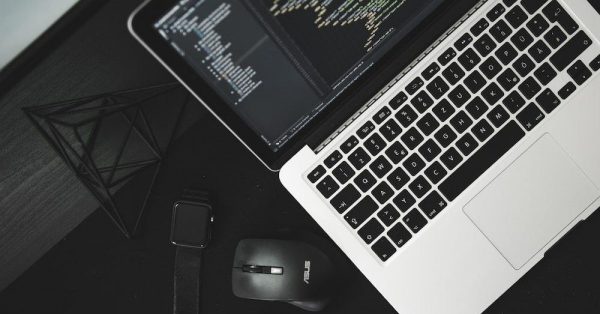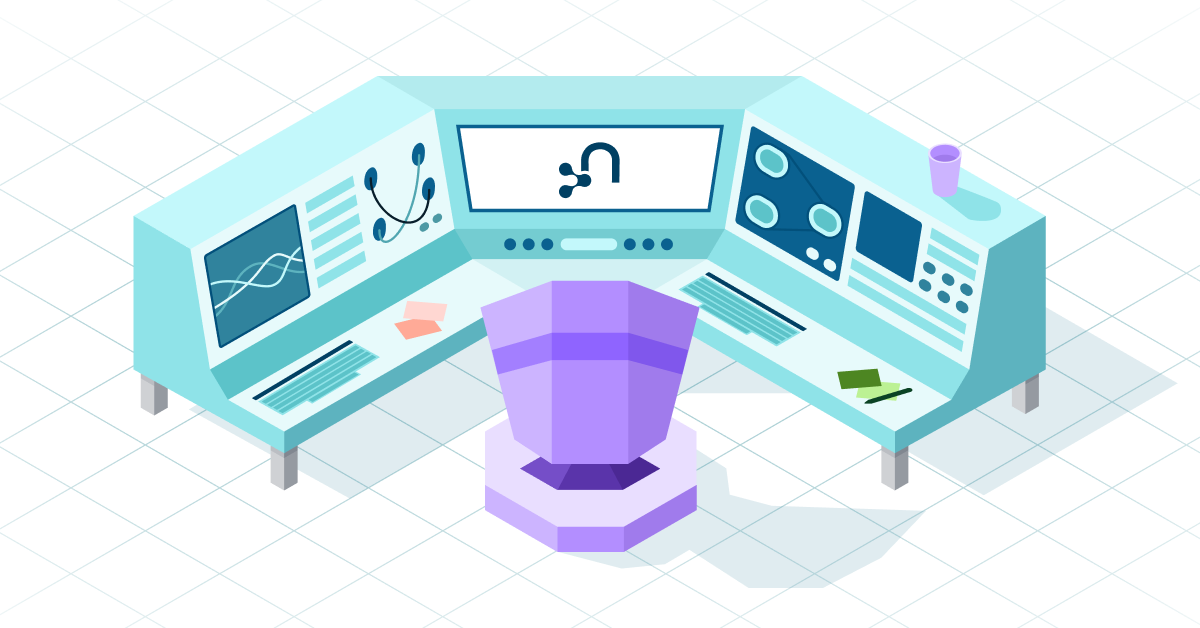How GenAI Provides Deep Understanding With Knowledge Graphs

VP of Product Marketing, Neo4j
3 min read

Connected data reveals new ways to solve pressing business problems, even as data sizes increase. With a knowledge graph, firms can unlock the full potential of data assets for AI applications. This year’s FIMA survey shows that 50% of data executives are exploring or planning to use knowledge graphs for AI, and another 20% reported interest.

Firms have achieved early wins with AI to enhance the customer experience, internal processes, personal productivity, and cost-saving efforts. However, the true value of AI lies in the ability to uncover deep meaning in data, enabling us to make more strategic decisions where precision and accuracy matter. That’s where knowledge graphs come in.
A Knowledge Graph Primer
Knowledge graphs (KGs) underpin a wide range of applications, from drug discovery and consumer-facing personalization systems to critical infrastructure like public transport, power grids, and supply chain management.
A KG provides a powerful framework for organizing and linking data of all types. KGs capture relationships between entities from a real-world domain by using a graph structure – which formats data as an interconnected network – rather than a table with rows and columns.

Example of a knowledge graph.
For example, in cybersecurity, the KG acts as a data representation of an IT infrastructure, with all its security tools, applications, and dependencies. By modeling their IT network in a graph data model, security teams gain a holistic understanding of the system and can apply predictive analytics to find their own vulnerabilities before attackers do.
Over the last 15 years, Neo4j has helped companies use KGs to reason about complex datasets. Because KGs excel at connecting data across disparate systems and data sources, they work well for applications requiring real-time analytics. For example, in fraud detection, KGs show real-time behavioral patterns in the data that indicate fraudulent activities. For one Fortune 500 company, using a KG saved millions of dollars in fraud prevention each year while cutting manual review time in half. Another Neo4j customer boosted fraud detection rates by 200%.
The GenAI Enabler
The arrival of generative AI brought a demand for AI models to produce better, more accurate responses. KGs act as a control for Large Language Models (LLMs) by enabling knowledge-based reasoning based on the connections in the data – ultimately leading to AI we can trust. 48% of FIMA survey respondents plan to use techniques that aim to improve responses generated by AI. It’s no surprise that a combined 70% of respondents stated that they’re planning to use or are interested in exploring knowledge graphs this year.
Last month, Microsoft released a study where researchers combined a knowledge graph with an LLM, an approach termed GraphRAG. The results demonstrated increased comprehensiveness, explainability, and diversity of viewpoints in the LLM’s responses.
Deloitte has recognized KGs as the industry standard for enterprise-ready AI, and many leading analyst firms agree. According to Gartner, “GenAI models are being used in conjunction with knowledge graphs to deliver trusted and verified facts to their outputs, as well as provide rules to contain the model” (Emerging Tech Impact Radar: 2023).
Knowledge Graphs for the Enterprise
Knowledge graphs power a new generation of AI that is uniquely capable of providing a deep understanding of data. When evaluating a knowledge graph offering, use these criteria to determine enterprise readiness:
- Traverses multi-degree relationships with millisecond latency.
- Scales for the enterprise with transaction support, high availability, granular security controls, and full ACID compliance.
- Delivers an integrated set of tools for data loading, visualization, and analysis.
- Supports AI development with enablers such as GraphRAG, free-text indexing, graph algorithms, and ML pipelines.
- Integrates with open-source RAG frameworks and all major cloud providers.
Neo4j, the Graph Database & Analytics leader, helps organizations find hidden relationships and patterns across billions of data connections deeply, easily, and quickly. By capturing the connections between data as they exist in the real world, the Neo4j knowledge graph provides the data context required for advanced AI applications, including generative AI use cases. Neo4j supports LLM applications by combining the power of inferential reasoning with semantic similarity from native vector search.

Generative AI workflow with Neo4j knowledge graph.
Read The Artificial Intelligence Report by WBR Insights to learn more about building GenAI apps for the enterprise.
This article, “How GenAI Provides Deep Understanding With Knowledge Graphs,” was originally published in The Artificial Intelligence Report by FIMA in partnership with WBR Insights, Cognaize, Neo4j, and Redis.



